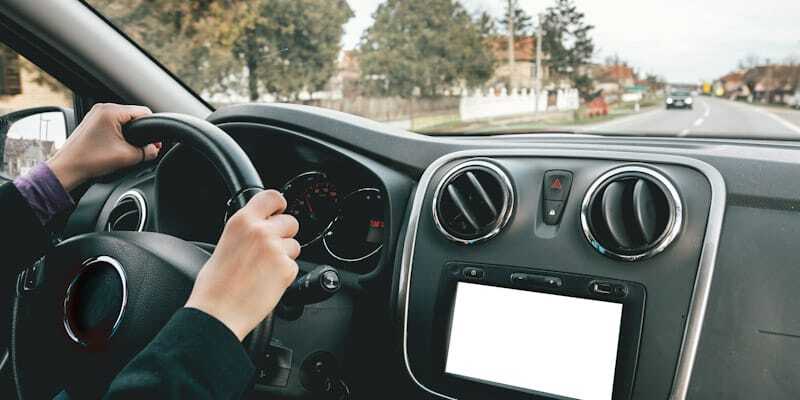Blog
BACK TO BLOG
A candidate is scored using pre-established testing criteria by the automated Smart Driving Test System (SDTS), which is applied to test new drivers in Abu Dhabi. Throughout a test trip, this AI system records every move the driver makes. The mechanism starts as soon as the driver opens the vehicle door. The cameras capture everything, including obeying traffic signs, speeding, seat and mirror adjustments, exceeding safe following distances, and lane changes.
The World Trade Center served as the venue for the Dubai World Police Summit, which gave attendees a chance to learn about the most recent technical developments, innovations, and tactics in the fields of law enforcement and security, as well as the issues that police forces are currently experiencing.
Modern AI technologies, along with cutting-edge sensors and cameras, are used in the SDTS car. The automobile is equipped with nine cameras and other sensors. The module reads Controller Area Network (CAN) data from the car's computer. Out of the nine cameras, two are positioned on the back and front windshields for the purpose of recording traffic and the vehicle's driving abilities, and four are mounted on each side for a panoramic bird's eye view.
The front and rear glass panels are home to the other two cameras. For the purpose of observing the driver's eye movement and gaze while changing lanes, approaching a roundabout, etc., a camera is positioned in front of the vehicle. It keeps track of whether the driver completes the required checks.
It provides a ground-breaking, brand-new idea for driving licenses, one where automation and process standardization promise efficacy, correctness, the skill to give evidence, and prompt monitoring. By removing human influence, this ensures transparency and a depletion of human mistakes. All of the AI modules, including the sensors and cameras, are wired to a panel in the back of the car, which transmits the information to the assessment center.
System Features
• Complete Automation
Based on predetermined testing criteria, the evaluation of driving behavior is completely automated.
• Unit of Processing
Sensors, devices, vehicle information (OBDII), and all other system components are read as data inputs by a centralized data unit. This unit then processes the data using machine learning techniques to find the testing errors made by applicants.
• Verification of Results
Operators and examiners validate test results to confirm, approve, or reject.
• ADAS
ADAS (Advanced Driver Assist Systems) is a cutting-edge technology that accurately evaluates the applicant's judgments and responses by using image processing algorithms for the recognition of road features.
• Data Analysis and KPIs
Different reports of hardware and software health status, test results, test numbers, applicant attributes, etc. are produced by the system.
• GIS and location mapping
To report and track the applicant's precise spot in real-time, the system connects with the most recent GIS technology.
• Live test monitoring
The solution enables managers to keep track of both the position of the vehicle and the tests being run on the GIS platform.
• Results Backed by Proof
For later usage and verification, the system shows the applicant's score, test result, and Pass/Fail status together with video proof of the applicant's mistakes.
Want to connect with us
We would love to assist you on this journey. Drop us your details and let us help you.






